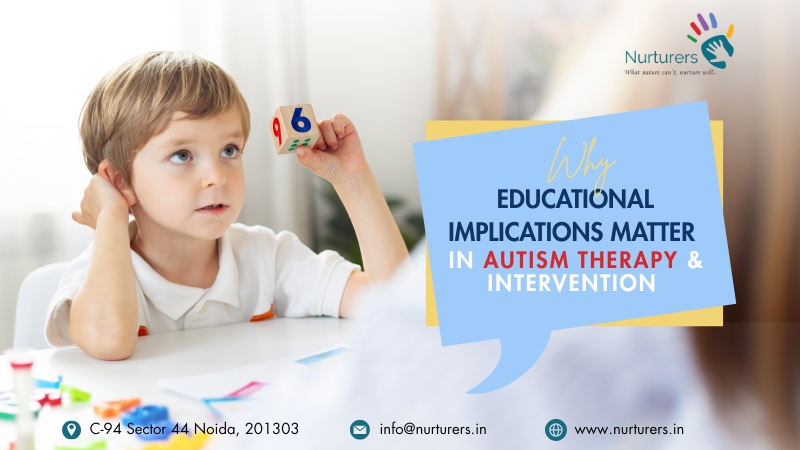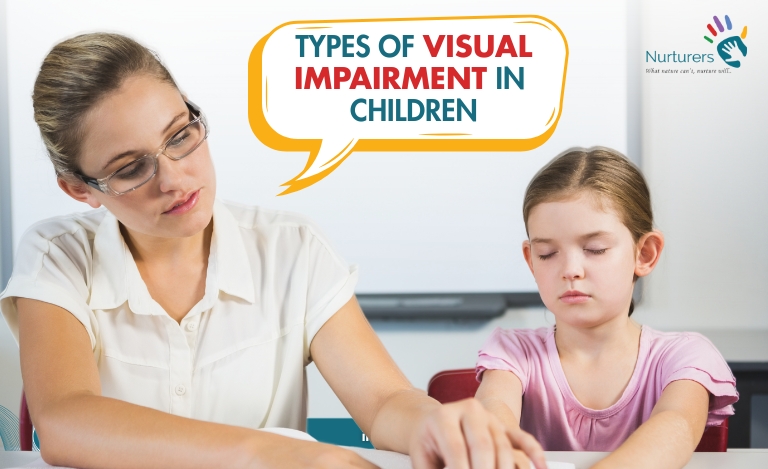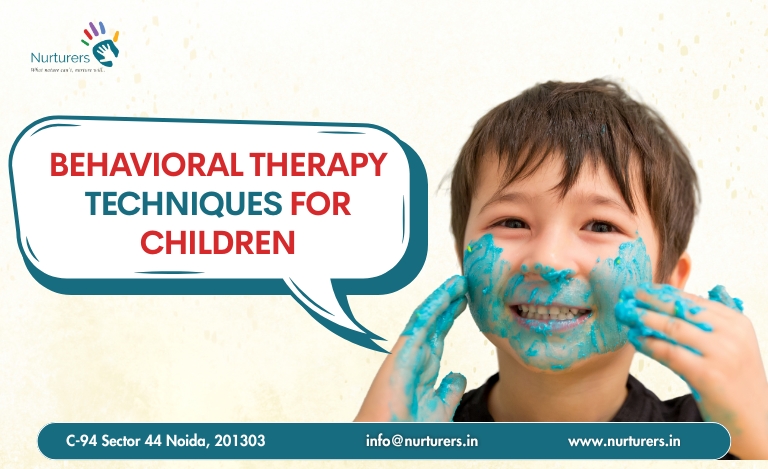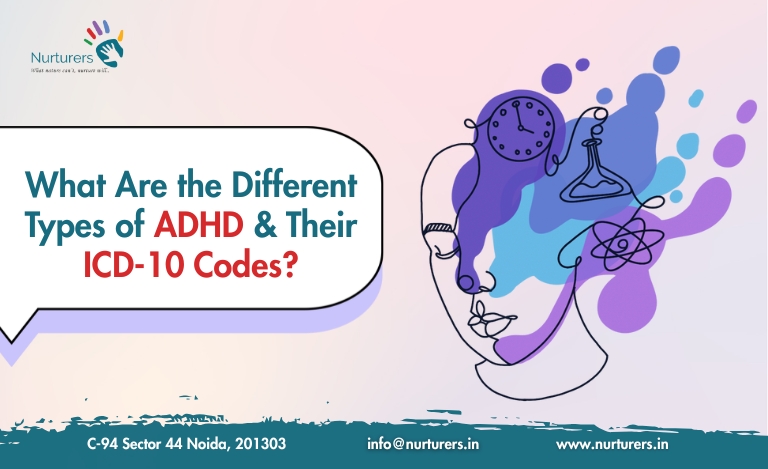Why Educational Implications Matter in Autism Therapy & Intervention?
Autism Spectrum Disorder (ASD) affects each child differently—shaping how they learn, communicate, and interact. At Nurturers, we know that therapy is most effective when it connects directly to the child’s...
Read MoreRed Flag Signs of Autism for Children: What Every Parent Should Know
Autism Spectrum Disorder (ASD) affects how children perceive, communicate, and interact with the world around them. While every child develops differently, certain red flag signs of autism may signal that...
Read MoreAction for Autism in India: How Early Therapy Makes a Difference
Autism Spectrum Disorder (ASD) is a complex neurodevelopmental condition that affects how a person perceives the world, communicates, and interacts with others. In recent years, India has witnessed a significant...
Read MoreTypes of Visual Impairment in Children
Types of Visual Impairment in Children can range from mild vision challenges to complete blindness, significantly affecting a child’s ability to see, learn, and interact with the world. Visual impairment...
Read MoreTypes of Locomotor Disability and Their Characteristics
Locomotor disability is one of the most recognized physical disabilities across the world. It refers to any condition that limits a person’s ability to move, control, or coordinate their body,...
Read MoreBehavioral Therapy Techniques for Children
Every child is unique, and so are the challenges they face. When a child exhibits recurring behavioral issues, emotional difficulties, or struggles with communication and learning, it’s essential to seek...
Read MoreWhat Are the Different Types of ADHD & Their ICD-10 Codes?
Attention-Deficit/Hyperactivity Disorder (ADHD) is a neurodevelopmental condition characterized by symptoms such as inattention, hyperactivity, and impulsivity. In the ICD-10 classification system, ADHD is listed under the code F90, which is...
Read MoreCommon Speech and Language Disability in Children
Speech and language are the building blocks of effective communication and are essential for a child’s overall development. From forming their first words to expressing complex emotions and ideas, children...
Read More






